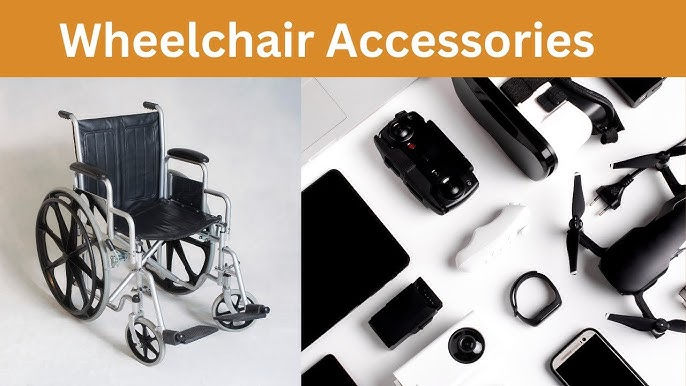How to Find the Best Jiu-Jitsu gi?
- Kate Westall
- Dec 8, 2022
- 3 min read
Brazilian jiu-jitsu is a popular martial art that doesn't need a lot of gear. One has almost everything they need if they have a mat and a pair of bodies. But, one additional thing that is a jiu-jitsu gi is a must.
However, one can quickly become confused by the selection of gis on the market, regardless of whether they are new to jiu-jitsu, just dipping their toes into Jiu-jitsu gi, or an experienced practitioner looking for the best gi because there are tons of different qualities available. Don't worry; this comprehensive buyer's guide to choosing the best jiu-jitsu gi has all the information one needs.
Types of jiu-jitsu gis:
1. Double Weave Gi:
Double wave gi is a heavy-duty gi. Judo gis was known for being built like tanks. Because they were difficult to grip, BJJ players frequently wore them when fewer BJJ-specific gi brands were available.
Although double-weave gis is still used in Brazilian Jiu-Jitsu, they are becoming less common. Because of their weight, they limit movement, making them unpopular in Jiu-jitsu gi competitions. They do, however, have a following that prefers to stick to this type of gi.
2. Lightweight Gi:
A lightweight gi is lighter than a traditional gi. It takes up less physical space in a gym bag and is ideal for summer training when the weather is warm and easy for movements.
A lightweight gi can be a good option when you want to train and travel BJJ. A lightweight gi's quality can suffer as a result. A lightweight gi must have solid inner stitching to compensate for the weight. Light frequently tears, so use caution.
3. Beginner BJJ Gis:
Gis, for beginners, is typically made of a single weave or ripstop material. Generally, they will be less expensive. Therefore, a beginner, Jiu Jitsu gi is ideal for someone new to jiu-jitsu and wants to test the waters before investing in a premium gi.
Fortunately, over the last decade, the quality of these gis has improved. Even a simple gi is usually of good quality and will last a long time.
4. Competition Gi:
A competition BJJ gi is intended for tournament play. In competition, one will need high-quality material that will last as the opponent gives their all. The best competition gis provides wearers with a competitive advantage. They are lightweight and also have a good fit, contributing to or improving mobility on the mat. This type of gi will cost more, but it is worth investing in it if you plan on competing frequently.
5. Premium Gi:
Premium gi is frequently well-fitting high-quality gi. Some businesses will even customize the size and fit for you. It's ideal for an instructor or someone with a higher belt to wear. This gis can be custom fitted and often have unique designs on the exterior or interior. Some will include freshly commissioned artwork.
6. Travel Gi:
A travel Jiu Jitsu gi is a very light gi designed for travel. It is not suitable for competition or strenuous practice. The best features are that they dry quickly and are light. The weave on this gis is frequently made of ripstop material.
How to choose the right Jiu-Jitsu Gi?
1. Appropriate Size:
Proper fit is the most crucial factor when selecting a gi. It makes no difference how durable or beautiful the gi is if it does not fit one's body type.
Gi sizes range from "I" (infant) to "A" (adult), followed by a number between 0 and 6 (for example, "I4" or "A1"). Some gi companies also offer sizes based on body type, such as "short," long," fitted," or "heavy."
2. Colour Alternatives:
Jiu Jitsu gi is available in various colors, but the most common are white, blue, and black. Notably, these are the only colors permitted in the IBJJF competition. If you plan on competing, get a gi in one of these three colors.
3. Weight:
The best gi for a beginner is a lightweight gi. They are, after all, much more comfortable in hot weather and dry much faster.
Because gis is made of thinner and lighter materials, opponents find it easier to grab and grip them. As a result, unless a heavier Jiu Jitsu gi is an issue, it is best to avoid using lightweight gis in competition. Thus, if one is competing or training, invest in a heavier gi.
Conclusion:
When looking for the right gi for martial art, it is critical to understand the rules of martial art and the dress code at your training school. The training facility may impose its dress code on students, which one should be aware of before going Jiu Jitsu gi shopping.









Comments